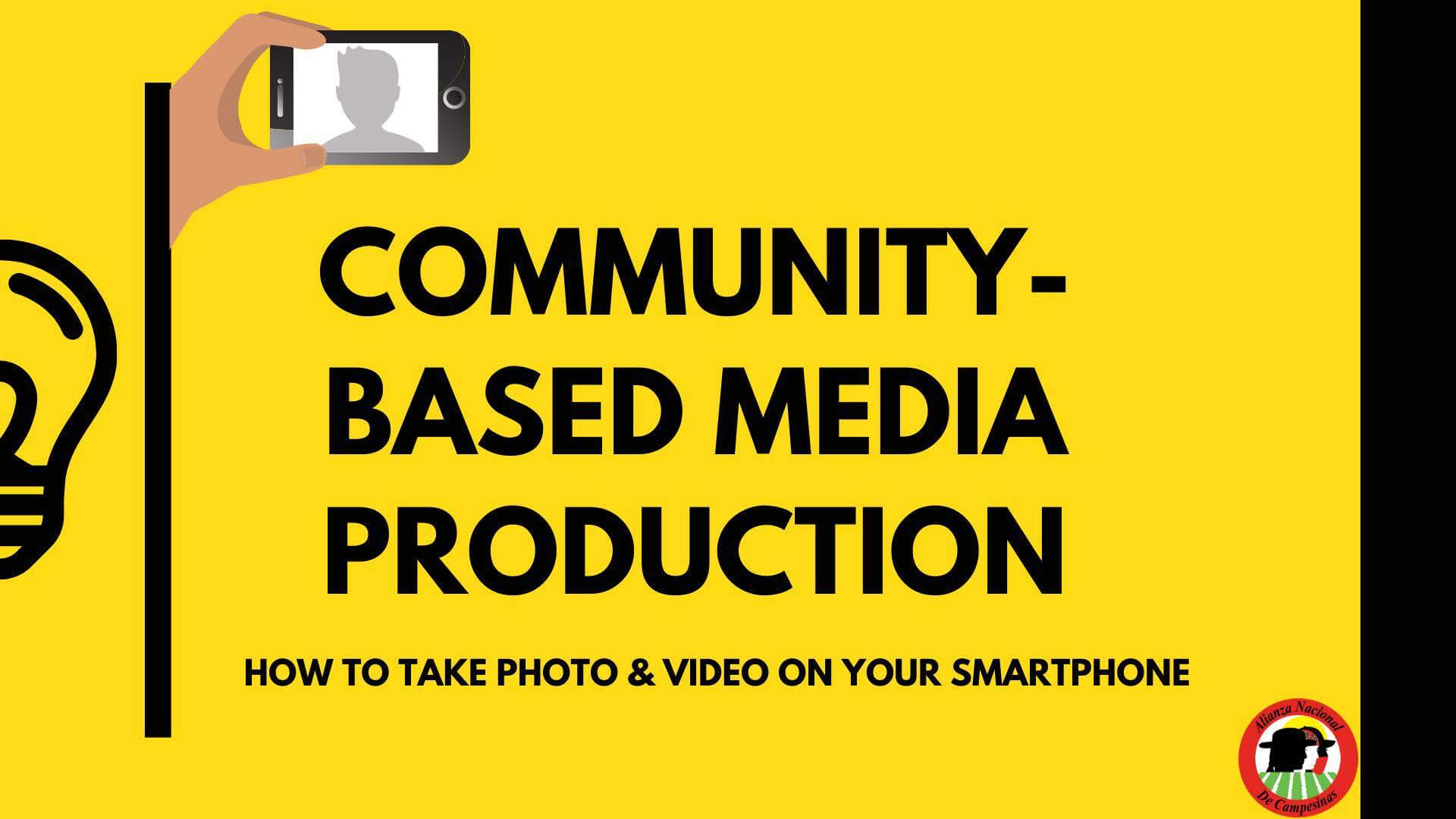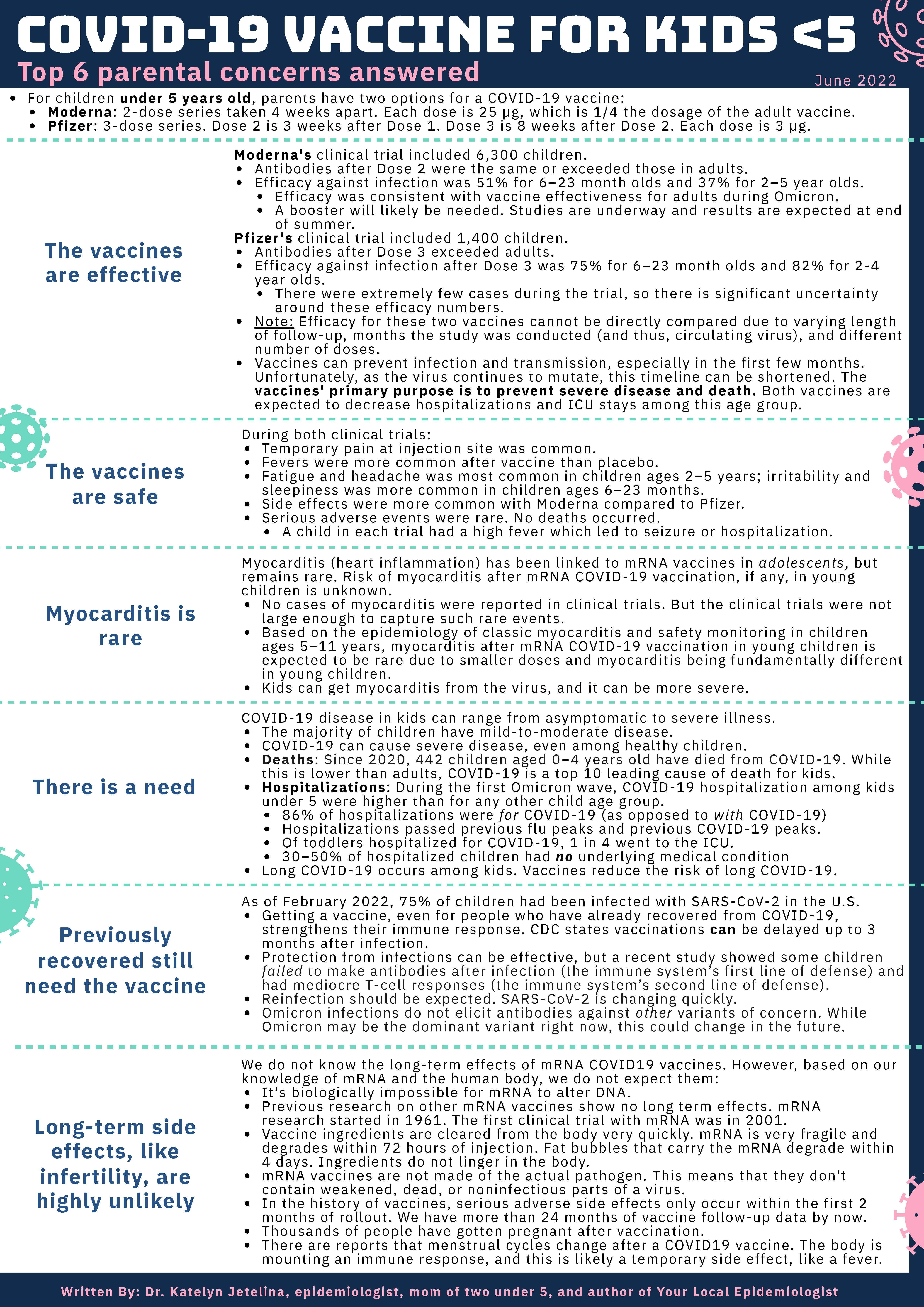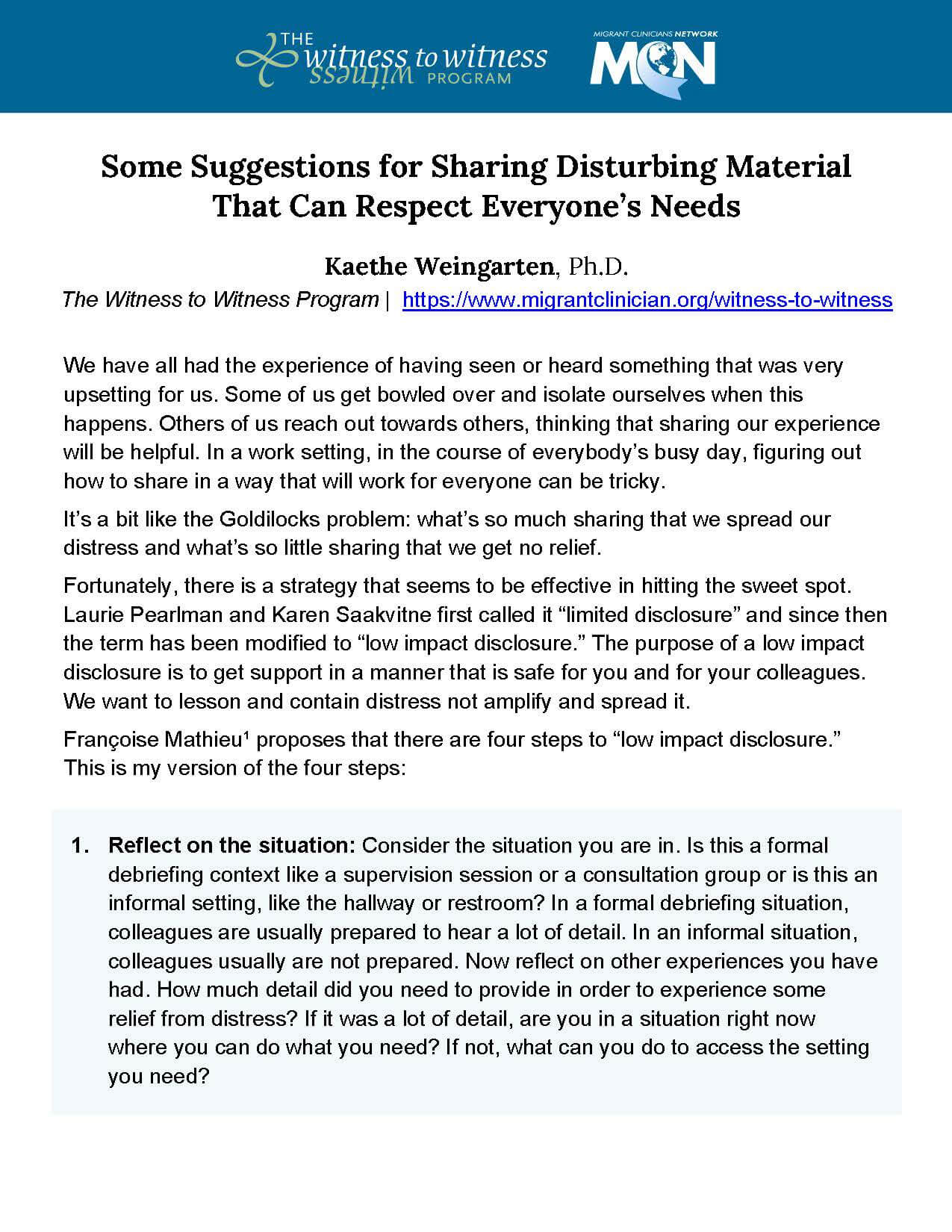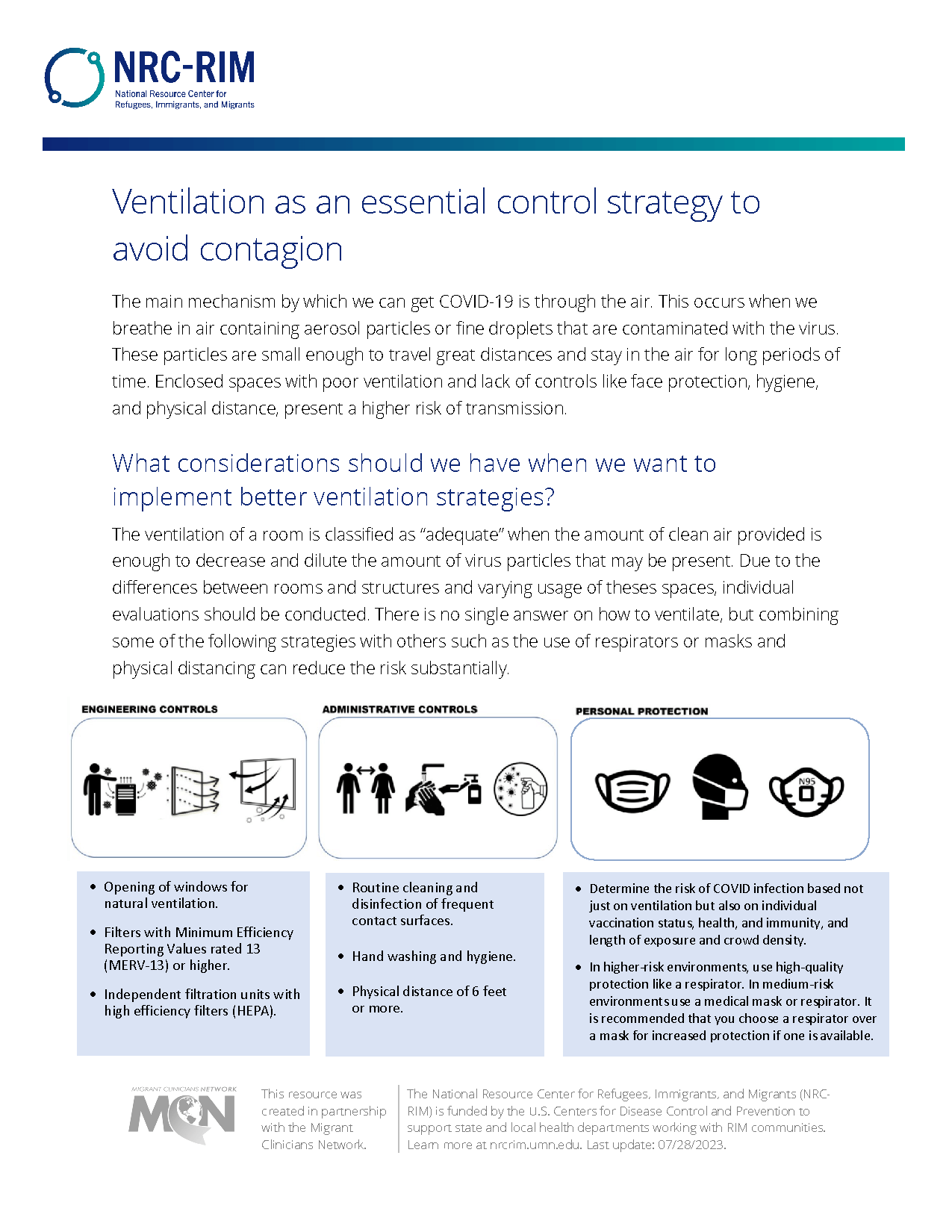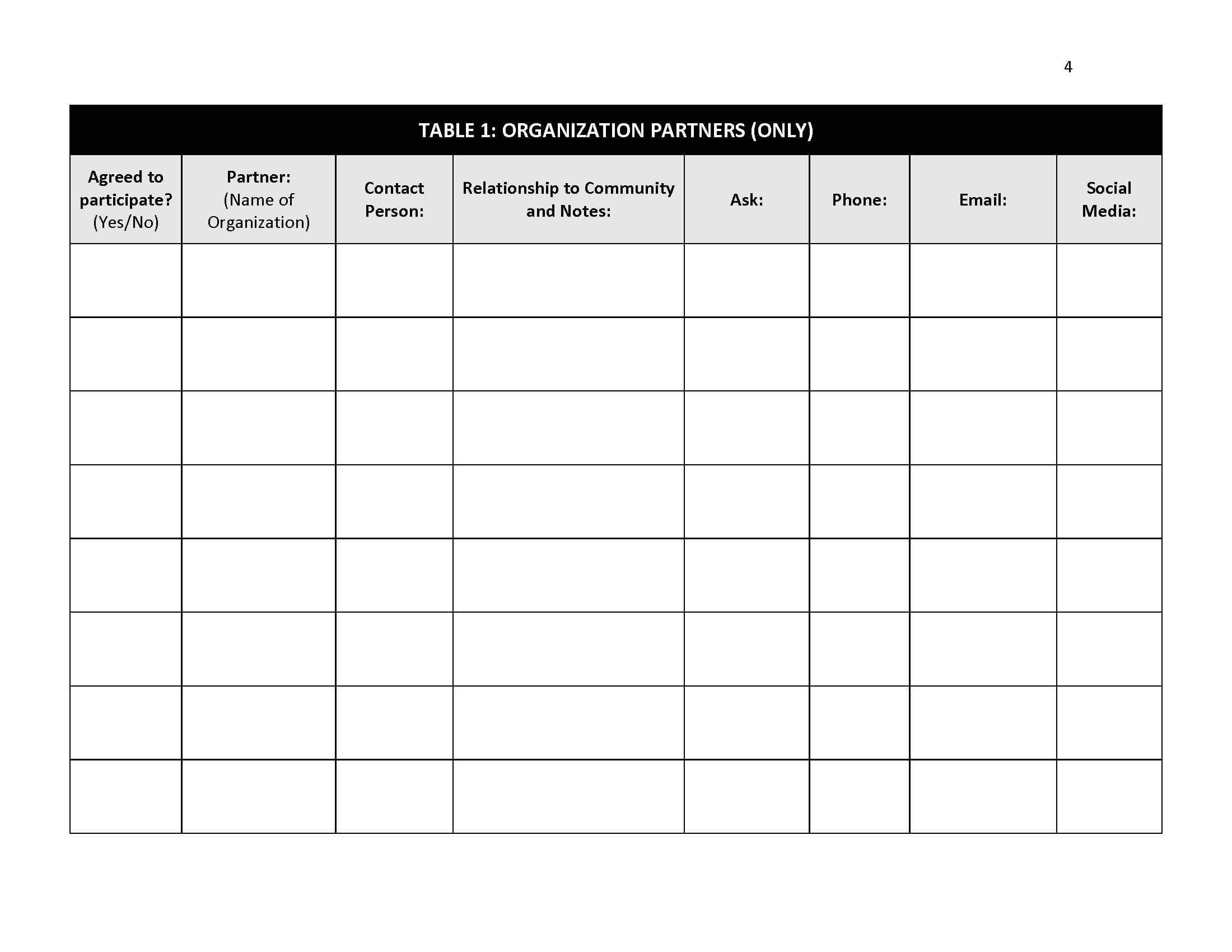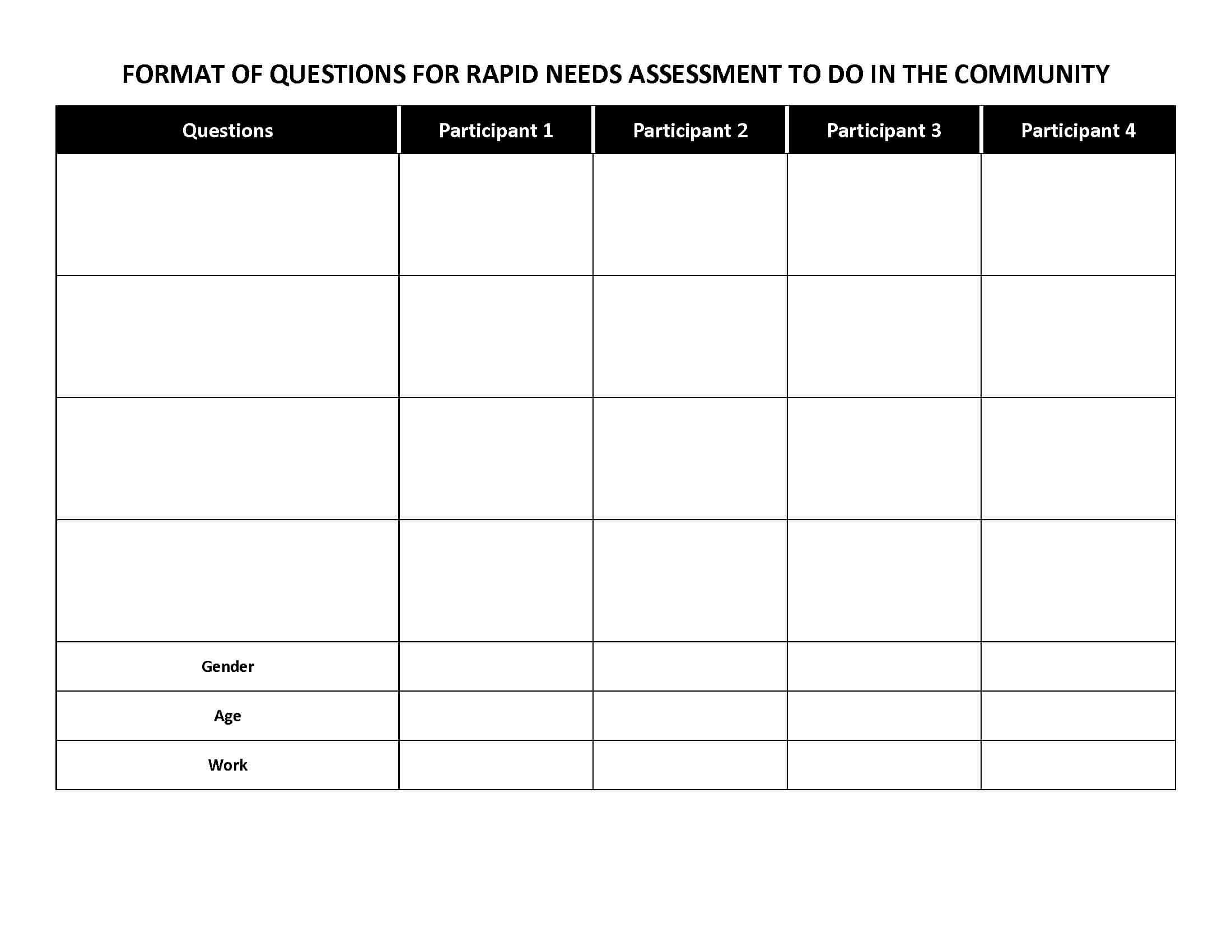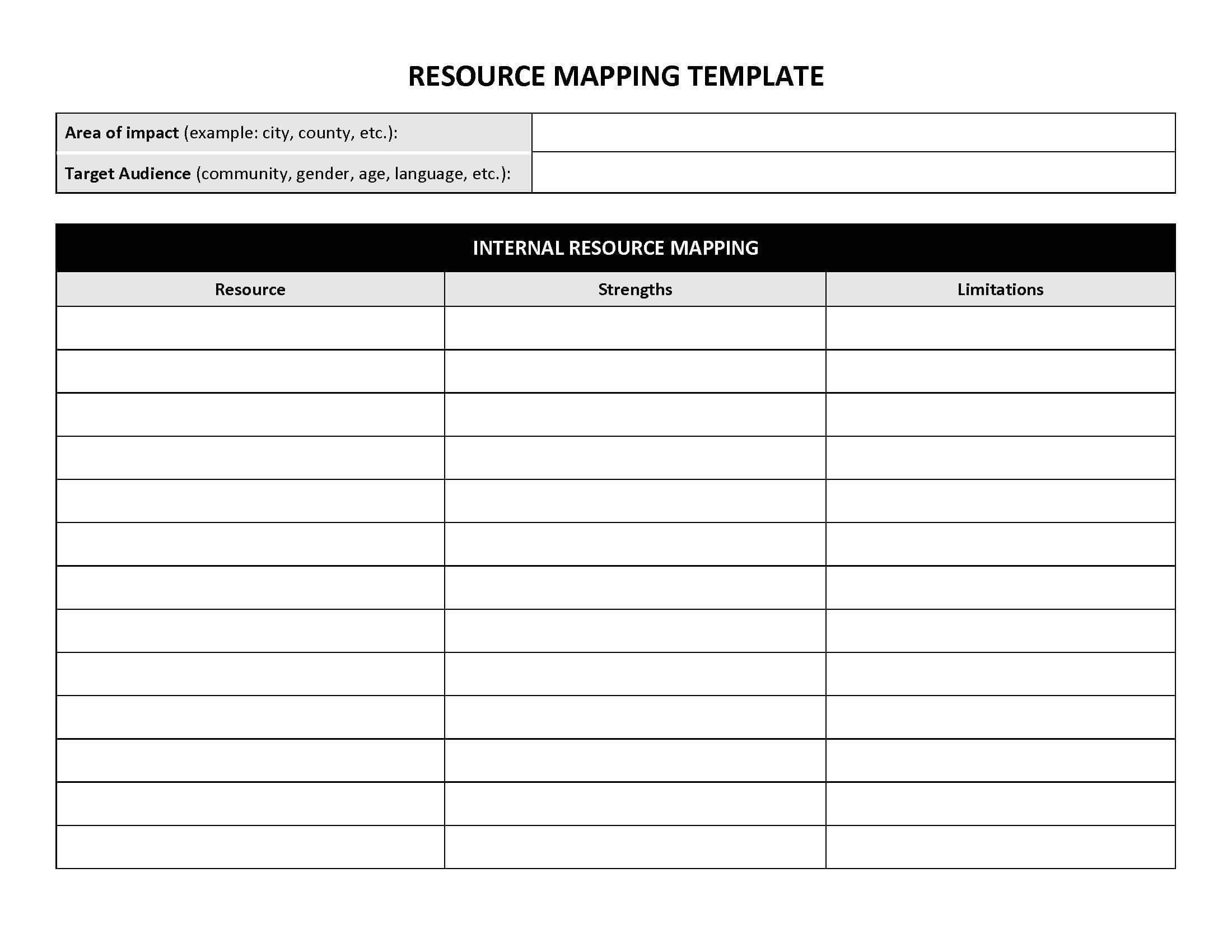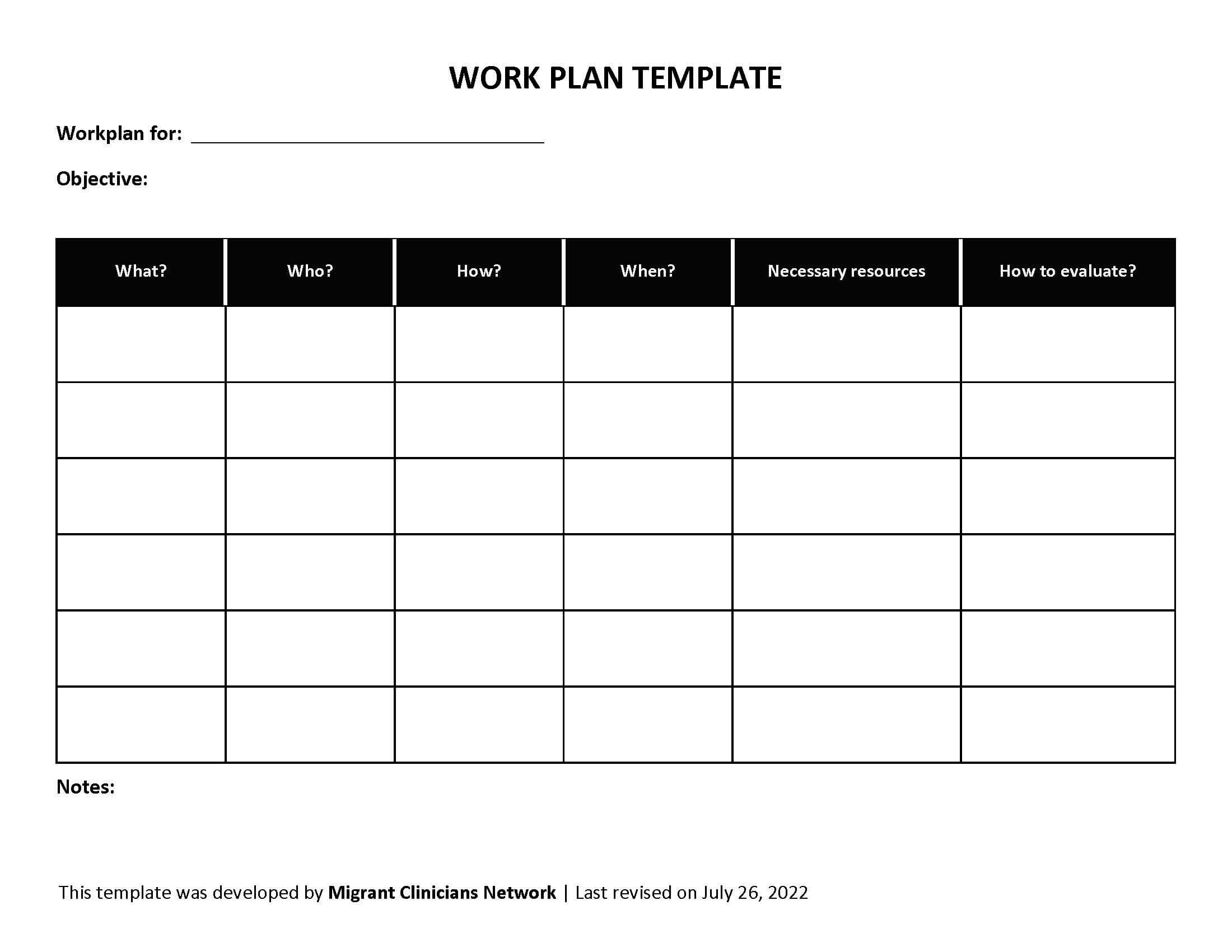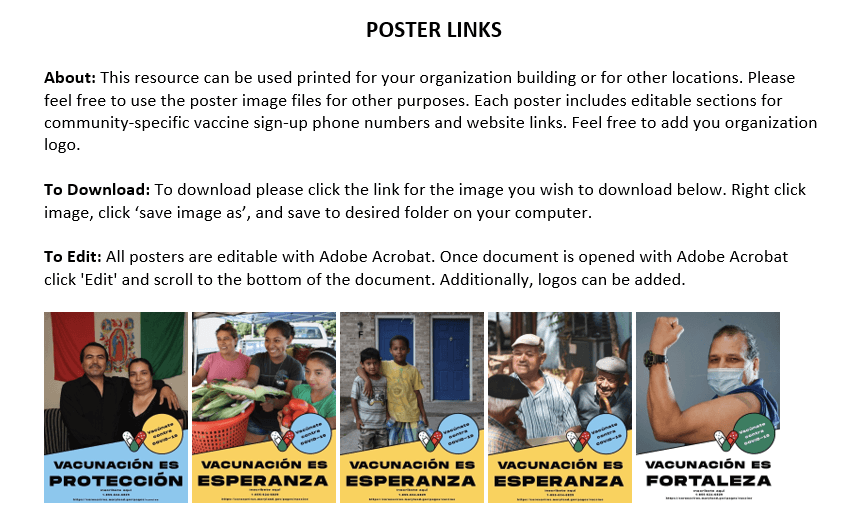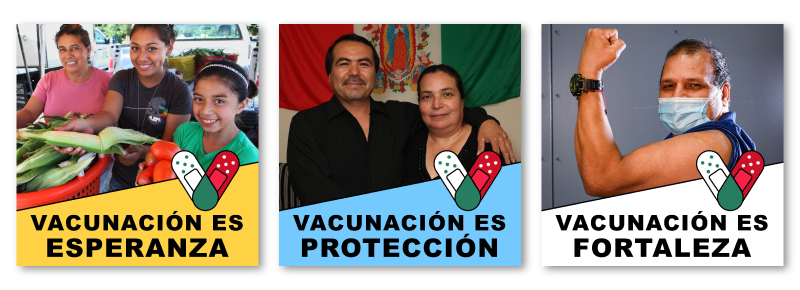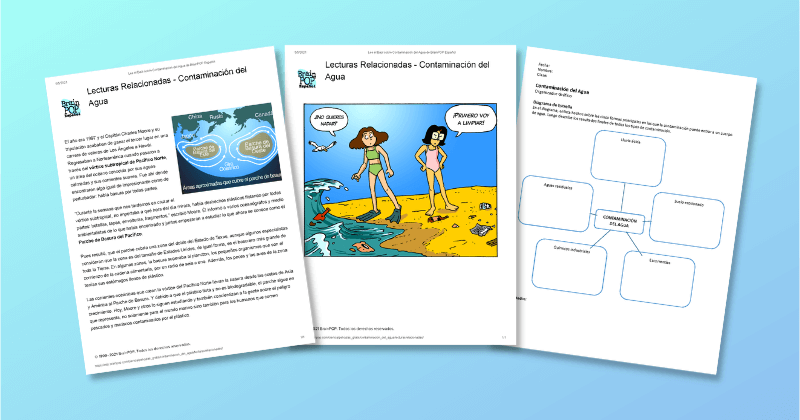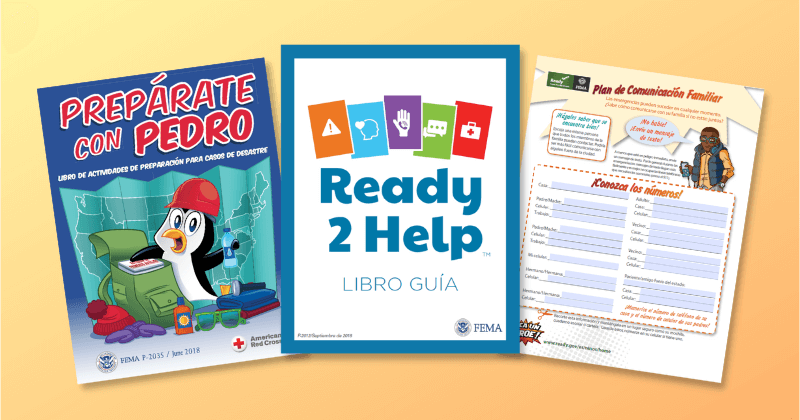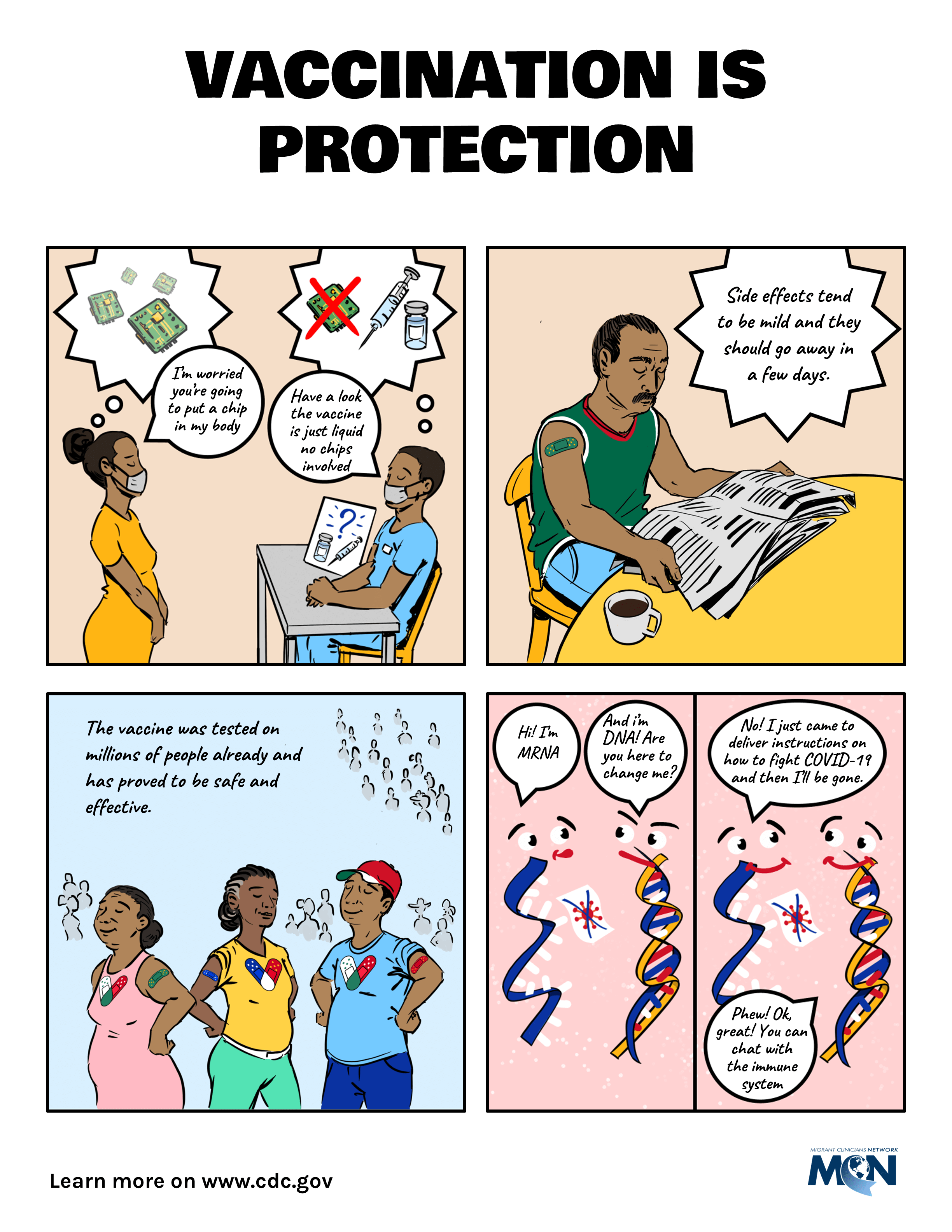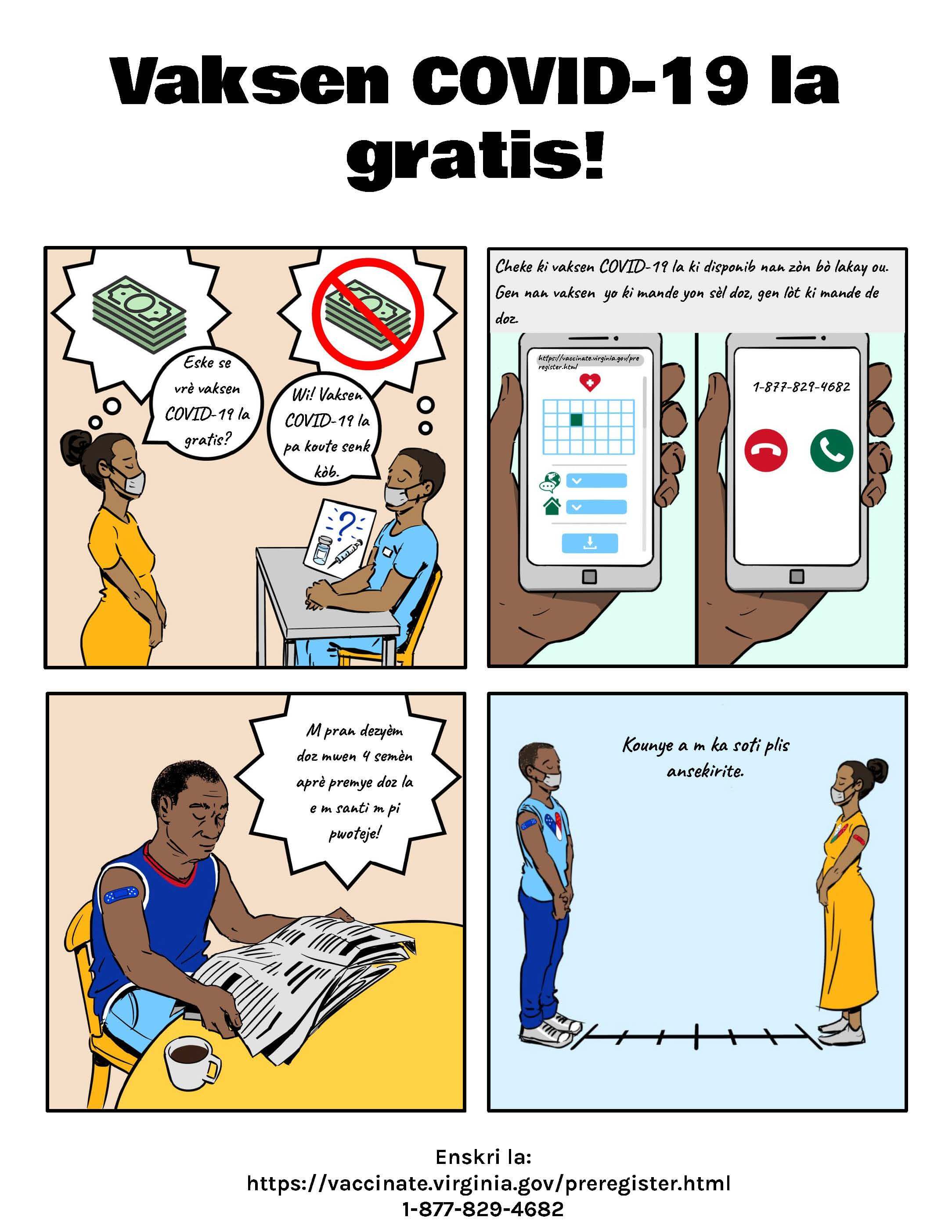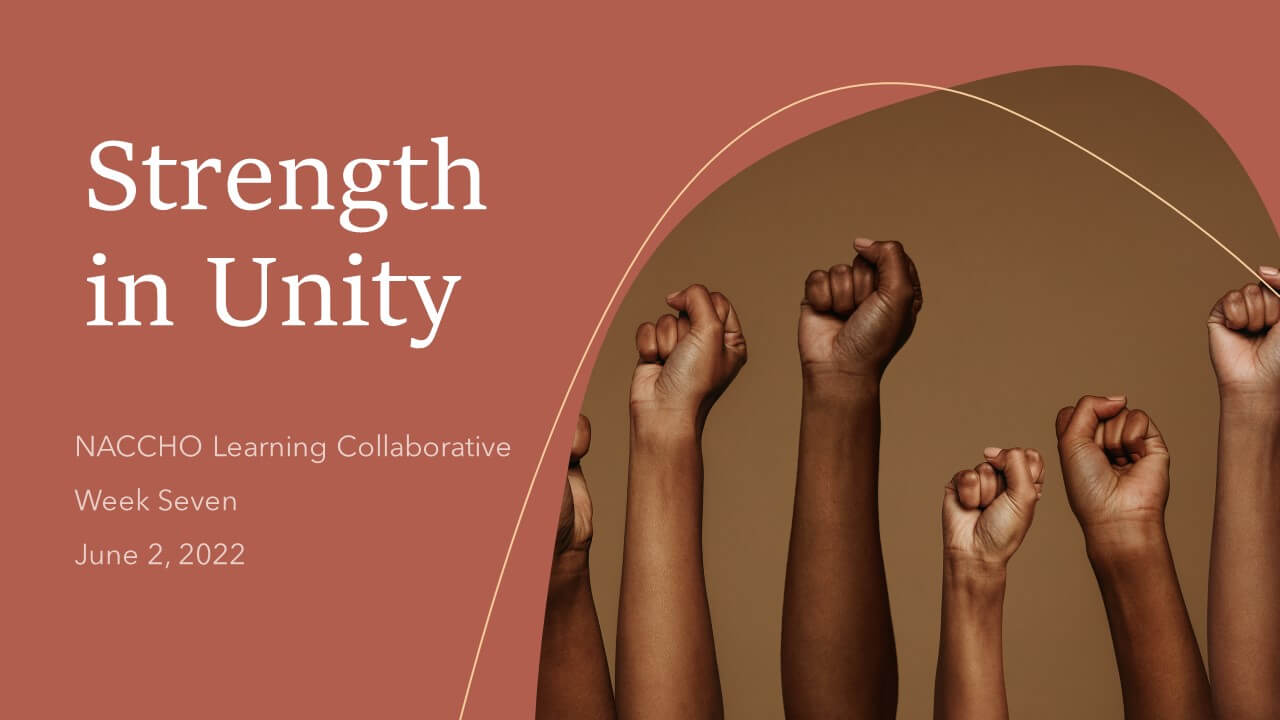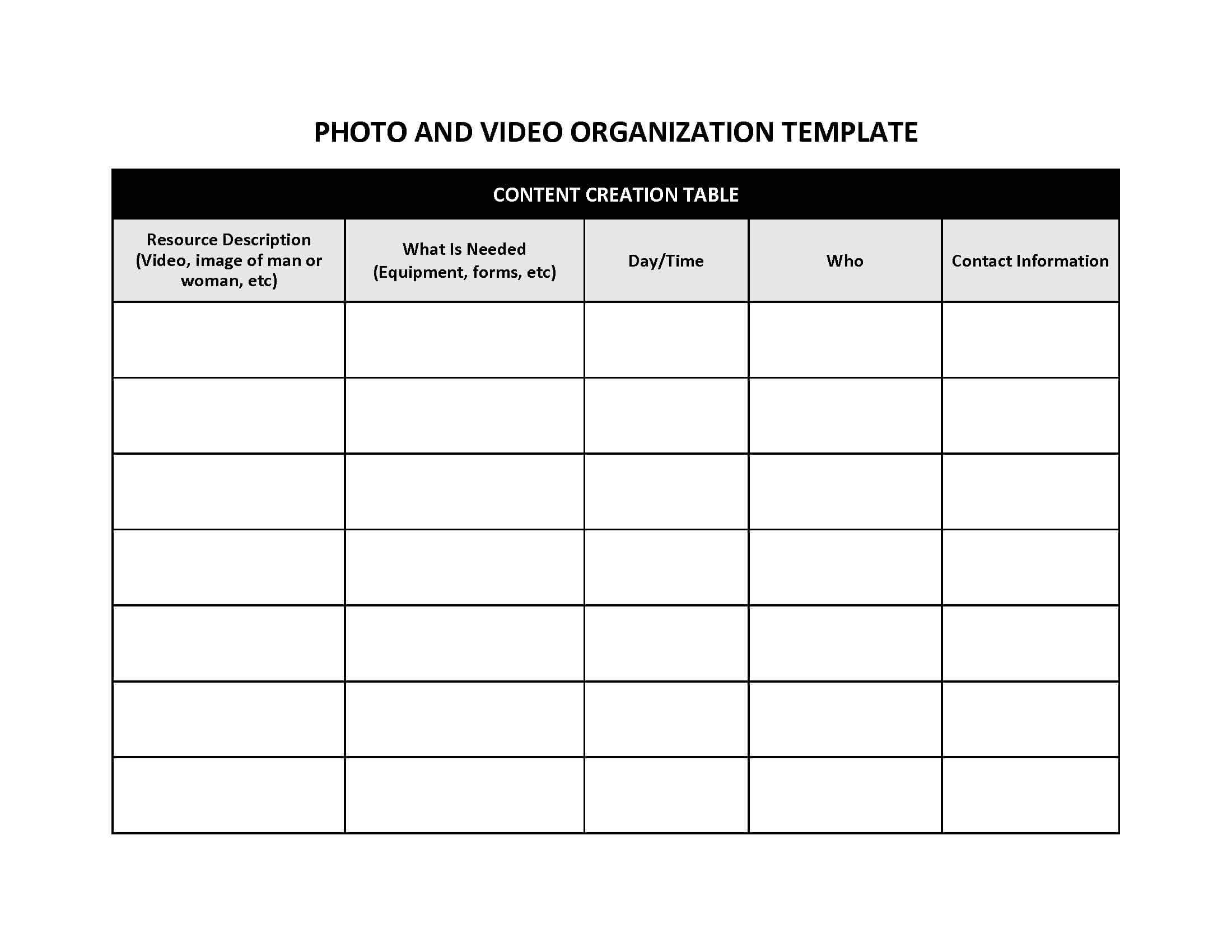
copy deeplink Woman Sitting at Table Reading Newspaper - Images
Woman Sitting at Table Reading Newspaper - Images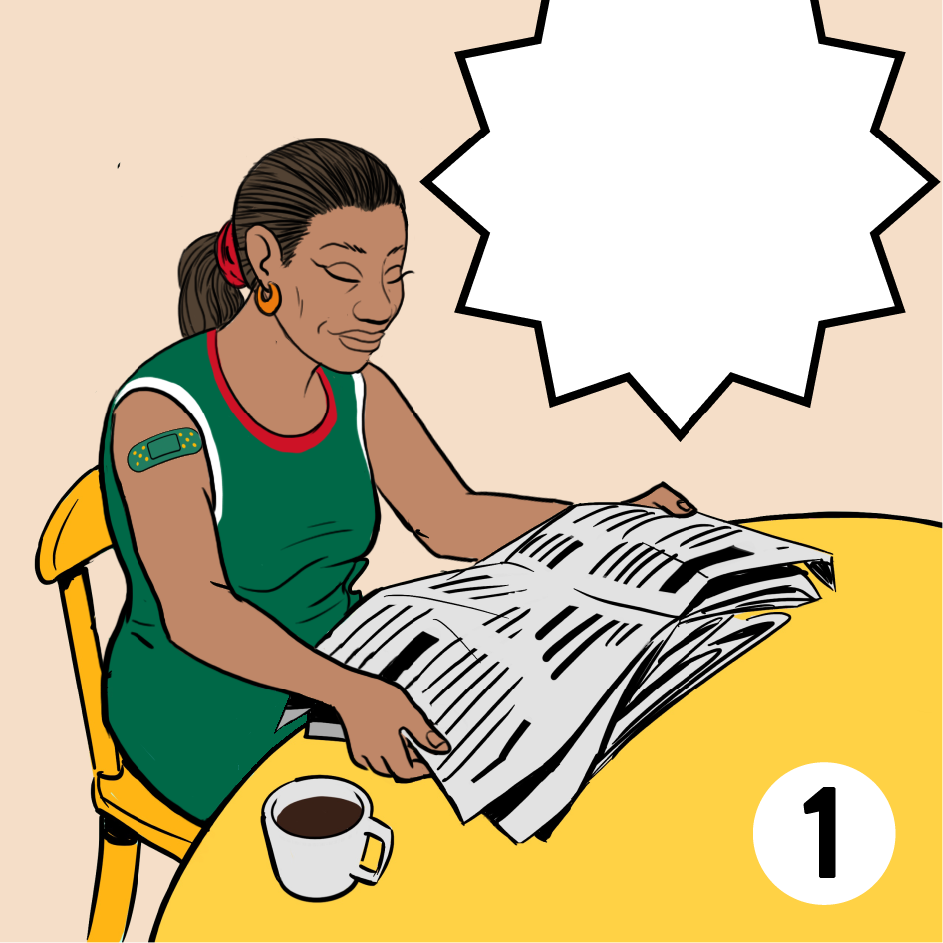
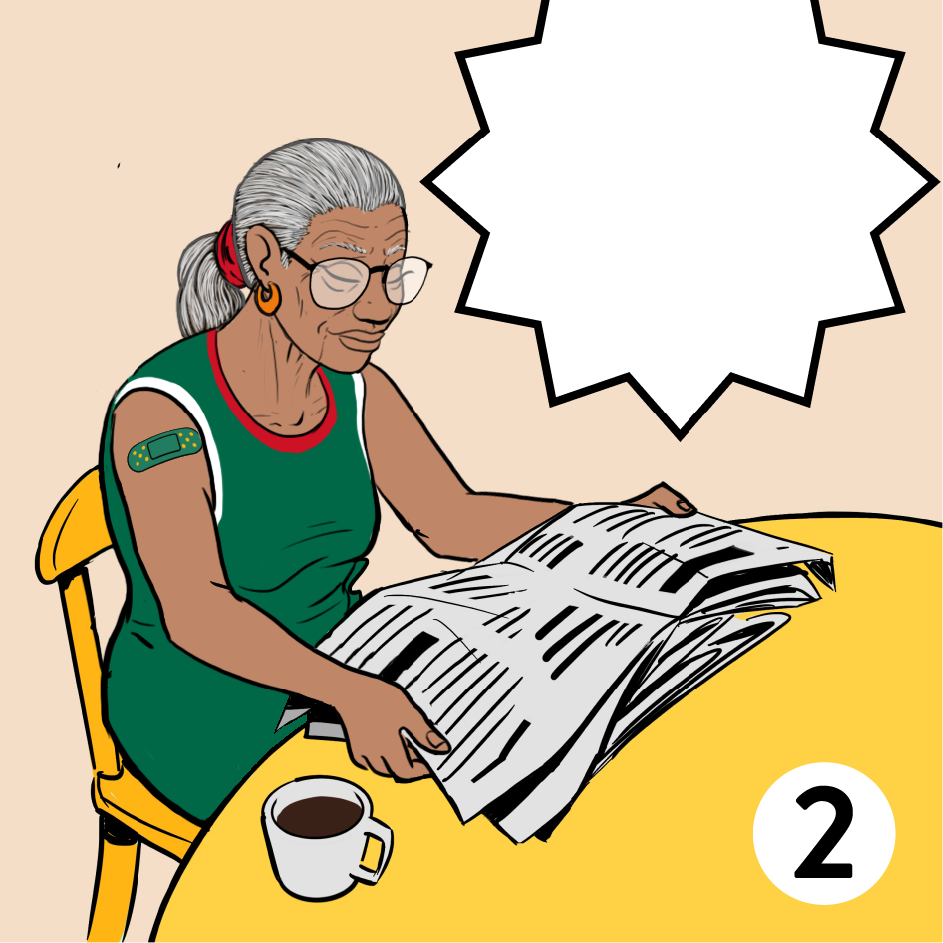


- WomanInGreenShirtSittingAtTableReadingNewspaperComicImage.png (82.39 KB)
- WomanElderInGreenShirtSittingAtTableReadingNewspaperComicImage.png (87.57 KB)
- WomanInBlueShirtSittingAtTableReadingNewspaperComicImage_0.png (85.85 KB)
- WomanElderInBlueShirtSittingAtTableReadingNewspaperComicImage_0.png (89.53 KB)
copy deeplink Pregnancy and the COVID-19 Vaccine - Images
Pregnancy and the COVID-19 Vaccine - Images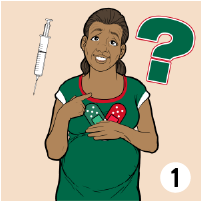
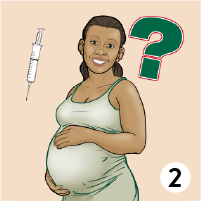
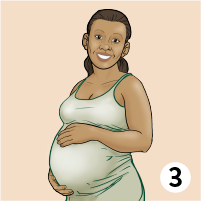
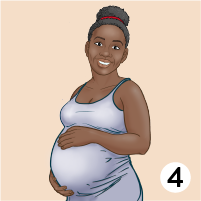
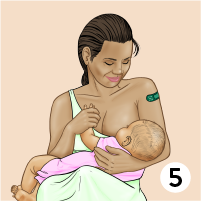
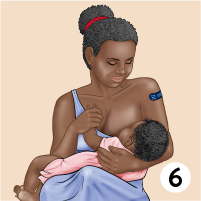
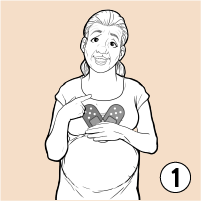

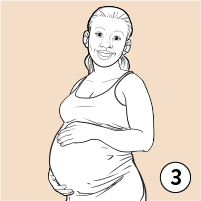

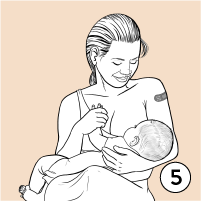
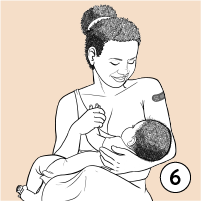
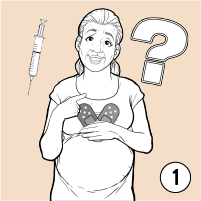
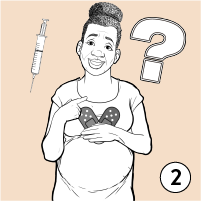
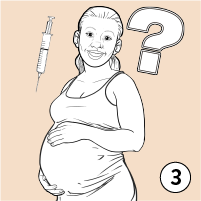
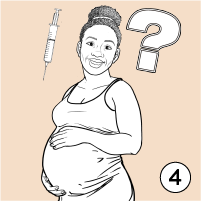
- PregnantVaccinatedWoman Green transp Backg.png (189.8 KB)
- PregnantVaccinatedWoman GreenSoft face_0.png (417.88 KB)
- PregnantVaccinatedWoman GreenSoft faceTransBackground.png (364.37 KB)
- PregnantWoman BlueSoftace.png (370.49 KB)
- Nursing Mom Vaccinated.png (627.7 KB)
- Nursing Mom VaccinatedAfricanamerican.png (773.6 KB)
- Woman-Pregnant_Vaccinated.png (177.32 KB)
- Woman-Pregnant_Vaccinated_2.png (231.78 KB)
- Woman-Pregnant.png (159.92 KB)
- Woman-Pregnant_2.png (196.21 KB)
- Woman-Breastfeeding_Vaccinated_2.png (273.06 KB)
- Woman-Breastfeeding_Vaccinated.png (432.99 KB)
- Woman-Pregnant_Questions-Vaccination_2.png (232.64 KB)
- Woman-Pregnant_Questions-Vaccination_3.png (289.42 KB)
- Woman-Pregnant_Questions-Vaccination.png (201.22 KB)
- Woman-Pregnant_Questions-Vaccination_4.png (256.47 KB)

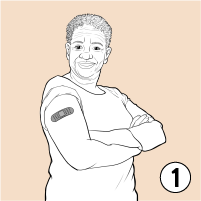
- 60 woman vaccinated.png (455.06 KB)
- Elder_Vaccinated.png (209.59 KB)
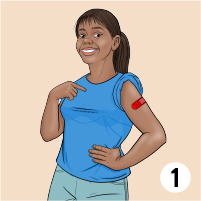
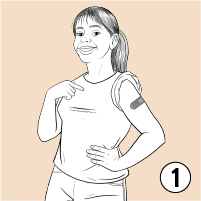
- 18 woman vaccinated.png (365.05 KB)
- Teen-Girl_Vaccinated.png (264.31 KB)
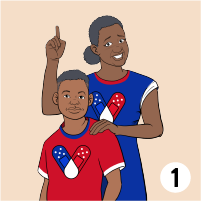
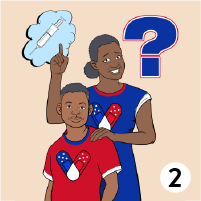
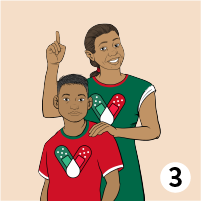
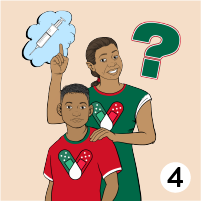
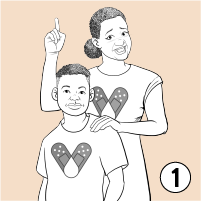
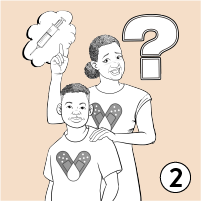
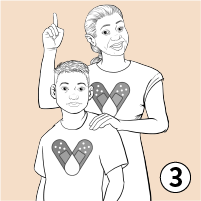
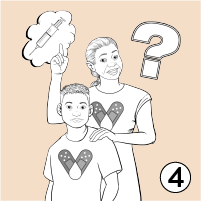
- Momand Child vaccine BlueTranspBackgr.png (203.84 KB)
- Momand Child vaccine Blue.png (262.32 KB)
- Momand Child vaccine Latin Question.png (276.95 KB)
- Momand Child vaccineLatin.png (224.87 KB)
- Mother+Child_Vaccination_2.png (313.04 KB)
- Mother+Child_Questions-Vaccination_2.png (430.61 KB)
- Mother+Child_Vaccination.png (240.75 KB)
- Mother+Child_Questions-Vaccination.png (304.64 KB)
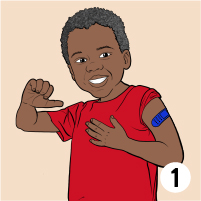
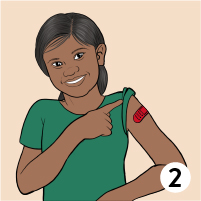
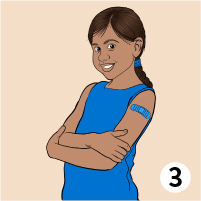
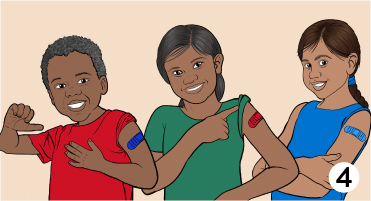
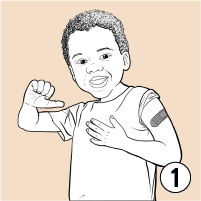

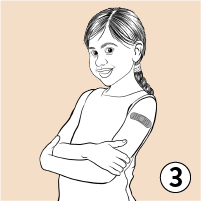
- ThreeVaccinatedKids.png (269.11 KB)
- Vaccinated GIRL 1.png (101.88 KB)
- Vaccinated GIRL 2.png (105.59 KB)
- Vaccinated BOY 3.png (94.62 KB)
- Child-Girl-2_Vaccinated.png (109.33 KB)
- Child-Girl-1_Vaccinated.png (104.57 KB)
- Child-Boy_Vaccinated.png (106.69 KB)
copy deeplink Heat-related Illness and Farmworkers - Training Curriculum and Facilitator Guide
Heat-related Illness and Farmworkers - Training Curriculum and Facilitator Guide- 2022-6-13_Enfermedades-causadas-por-el-calor_Presentacion.pptx (19.18 MB)
- 2022-6-13_HeatStressSpanishFLIPCHART.pdf (7.81 MB)
- 2022-7-21_Heat-Stress-Facilitator-GuideSpanish.pdf (2.43 MB)
- 2022-6-13_Heat-related-illness_Presentation - English.pptx (21.41 MB)
- 2022-7-21_Heat-Stress-Facilitator-GuideEnglish.pdf (2.5 MB)
copy deeplink COVID-19 Vaccine Education Materials: Campaign Email Templates
COVID-19 Vaccine Education Materials: Campaign Email Templates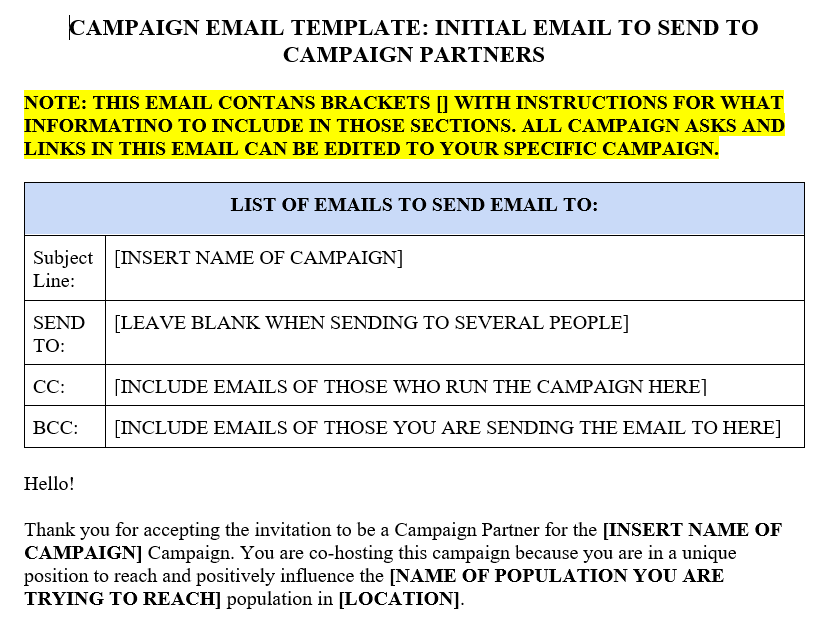
- ENG_Campaign_Email_Template-Initial_Email.docx (26.65 KB)
- SPA_Formato_Correo_Electrónico-Correo_Electronico_Inicial_07_23_2021_.docx (30.69 KB)
- SPA_Formato_de_Correo_Electrónico-Registro_de_Vacunas_Publicacion_en_Redes_Sociales_07_23_2021.docx (26.94 KB)
- ENG_Campaign_Email_Template-Vaccine_Sign-Up_Social_Media_Post_Sharing_With_Spanish_Post_Translations_07212021.docx (25.13 KB)
- ENG_Campaign_Email_Template-Vaccine_Sign-Up_Social_Media_Post_Sharing_With_Haitian_Creole_Post_Translations.docx (24.74 KB)
- ENG_Campaign_Email_Template-Community_Leader_Highlight_Social_Media_Post_Sharing.docx (23.86 KB)
- SPA_Formato_de_Correo_Electrónico-Lideres_del_la_Comunidada_Para_Destacar_y_Compartir.docx (26.52 KB)
- SPA_Formato_Correo_Electrónico-Videos_de_las_Redes_Sociales_07_23_2021.docx (23.79 KB)
- ENG_Campaign_Email Template-Social_Media_Videos_With_Spanish_Translations.docx (25.05 KB)
- ENG_Campaign_Email Template-Social_Media_Videos_With_Haitian_Creole_Translations.docx (25.74 KB)
- ENG_Campaign_Email_Template-Thank-You_Email.docx (21.83 KB)
- SPA_Formato_Correo_Electrónico-Correo_Electronico_De_Gracias.docx (23.38 KB)
copy deeplink COVID-19 Vaccine Education Materials: Social Media Toolkit
COVID-19 Vaccine Education Materials: Social Media Toolkit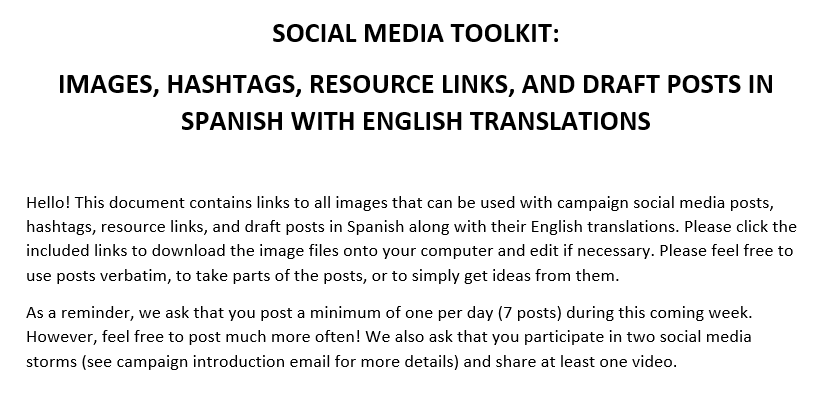
- SPA_Caja_de_Recursos_De_Redes_Sociales_07_23_2021.docx (10.77 MB)
- Haitian_Creole_Social_Media_Toolkit_Template_Haitian_Creole_COVI19_Campaign.docx (2.16 MB)
- ENG_Social_Media_Toolkit_Template_Spanish_COVID19_Vaccine_Campaign_07222021.docx (10.76 MB)
- ENG_Social_Media_Toolkit_Template_Haitian_Creole_COVID19_Vaccine_Campaign_.docx (2.15 MB)
copy deeplink 'To Me Vaccination Is...' Social Media Image Frames
'To Me Vaccination Is...' Social Media Image Frames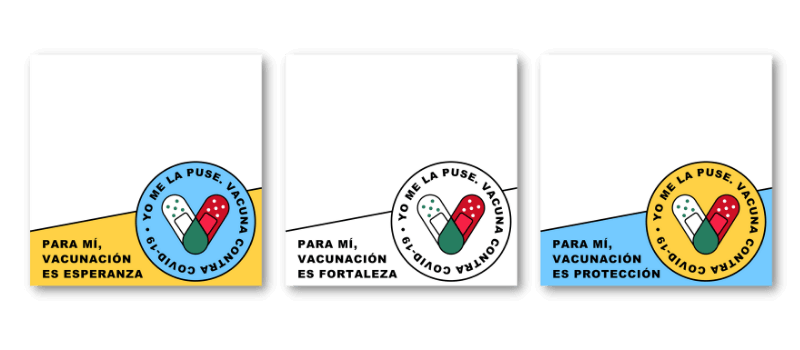
- SPA_Formato_marco_medios_sociales_Para_mi_vacunación_es_08_25_21.pptx (466.78 KB)
- ENG_For_Me_Vaccination_Is_SocialMedia_Frame_Creole_HaitiFlag_Template_7_20_2021_.pptx (531.73 KB)
- ENG_English_SocialMedia_Frame_For_Me_Vaccination_Is_MexicoFlag_Template_8_25_2021_.pptx (465 KB)
- ENG_For_Me_Vaccination_Is_SocialMedia_Frame_English-HaitiFlag_Template_7_20_2021.pptx (531.96 KB)
copy deeplink COVID-19 Vaccine Awareness Campaign: Posters
COVID-19 Vaccine Awareness Campaign: Posters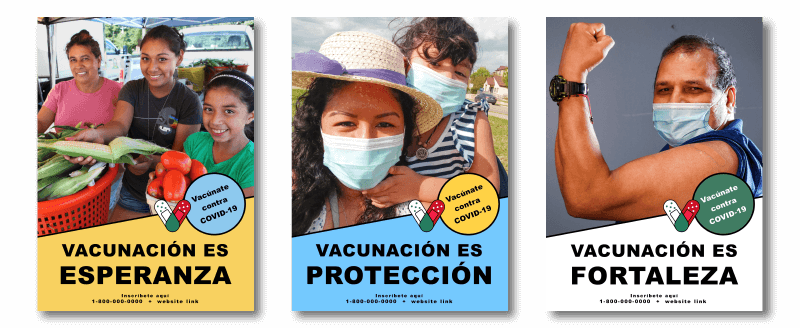
- SPA_Vacunacion_es_Proteccion_COVID19_poster_grande_08_24_2021.pptx (1.65 MB)
- SPA_Vacunacion_es_Esperanza_COVID19_poster_grande_08_24_2021.pptx (750.63 KB)
- SPA_Vacunacion_es_Fortaleza_COVID19_poster_grande_08_24_2021.pptx (835.42 KB)
- ENG_Love_HaitianCreole_COVID19-Vaccine_large-poster_8_6_2021.pptx (1.2 MB)
- ENG_Hope_HaitianCreole_COVID19-Vaccine_large-poster_8_6_2021.pptx (2.15 MB)
- ENG_Strength_HaitianCreole_COVID19-Vaccine_large-poster_Template_8_6_2021.pptx (825.2 KB)
- ENG_Protection_English_COVID19-Vaccine_large-poster_Template_USFlag_8_6_2021.pptx (1.75 MB)
- ENG_Love_English_COVID19-Vaccine_large-poster_Template_USFlag_8_6_2021.pptx (1.13 MB)
- ENG_Hope_English_COVID19-Vaccine_large-poster_Template_USFlag_8_6_2021.pptx (2.42 MB)
- ENG_Strength_English_COVID19-Vaccine_large-poster_Template_USFlag_8_6_2021.pptx (934.69 KB)
- Protection-Poster_Maryland_Spanish-2_Editable_7-13-21.pdf (12 MB)
- Hope-Poster_Maryland_Spanish-2_Editable_7-13-21.pdf (14.73 MB)
- Hope-Poster_Spanish-3_Editable_7-13-21.pdf (931.78 KB)
- Hope-Poster_Spanish_Editable_7-13-21.pdf (972.53 KB)
- Strength-Poster_Spanish_Editable_7-13-21.pdf (851.6 KB)
- Love_Poster_Creole_1_Editable_MCN_.pdf (11.26 MB)
- Love_Poster_Creole_2_Editable_MCN.pdf (12.56 MB)
- Hope_Poster_Creole_1_Editable_MCN_1.pdf (14.05 MB)
- Hope_Poster_Creole_2_Editable_MCN.pdf (6.85 MB)
- Strength_Poster_Creole_2_Editable_MCN.pdf (11.89 MB)
- Strength_Poster_Creole_1_Editable_MCN_.pdf (12.21 MB)
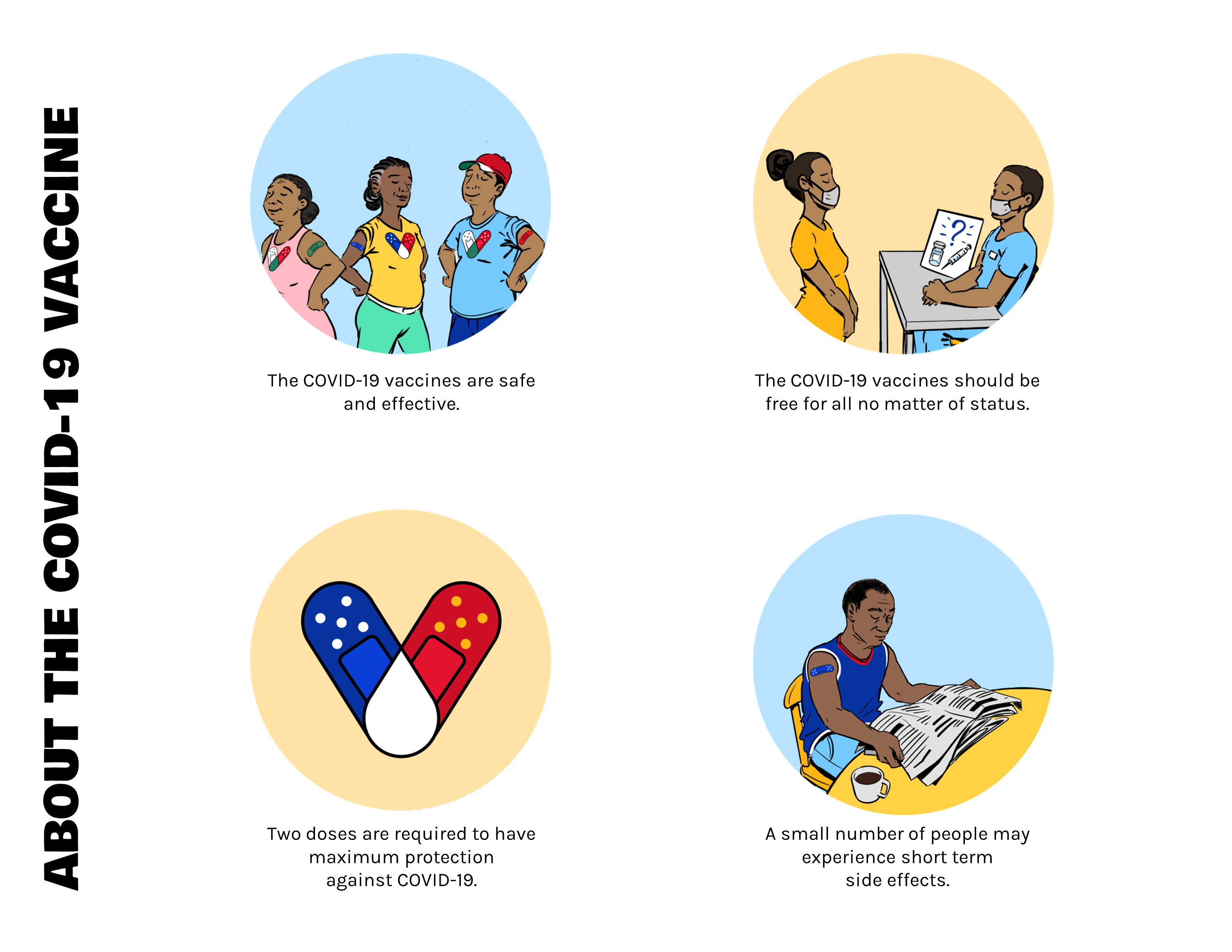
- Fact_Sheet_1_ About_the_COVID-19_Vaccine_Spanish_07122021 (1).pdf (286.42 KB)
- Fact_Sheet_2_ About_the_COVID-19_Vaccine_Spanish_07122021 (1).pdf (306.69 KB)
- Fact_Sheet_1_About_the_COVID19_Vaccine_Haitian_Creole.pdf (341.66 KB)
- Fact_Sheet_2_About_the_COVID19_Vaccine_Haitian_Creole.pdf (320.85 KB)
- ENG_Fact_Sheet_Template.pptx (1.36 MB)
- SPA_Formato_de_hoja_informativa_07_23_2021 (1).pptx (1.58 MB)
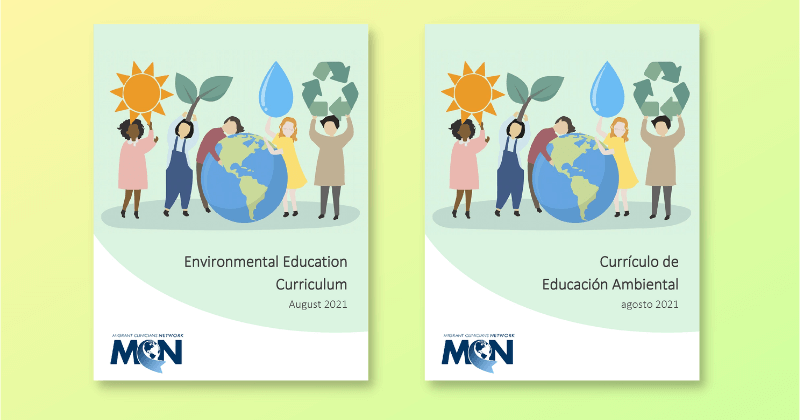
The primary goals of this project to be achieved through this curriculum are:
1) Increasing the capacity of students and community to think critically about environmental problems and the related decisions that affect human health and the environment as it relates to disaster preparation and response;
2) Increase community participation and collaboration with the goal of improving protections for human health and the environment as it relates to disaster preparation and response; and
3) Ensure chemical safety and safe water as it relates to disaster preparation and response.
Videos
- Currículo de educación ambiental: In this Spanish-language presentation, Alma Galván, MCH, Senior Program Manager of Occupational Health, provides an introduction to MCN’s environmental education curriculum presented in Puerto Rico.
- Agua Segura y seguridad con químicos: In this Spanish-language environmental education presentation, MCN’s Myrellis Muñiz-Márquez, MPH, Program Manager in Puerto Rico, shares tools to stay safe from chemical exposure, contaminated water, and non-point source pollution, before, during, and after a disaster.
- Emergencias y desastres: In this Spanish-language environmental education presentation, MCN’s Marysel Pagán-Santana, DrPH, MS, Senior Program Manager in Puerto Rico, identifies the environmental and health risks of disasters and encourages prevention measures and planning to protect individual and community health during and after emergencies.
Materials
Safe Water | Environmental Education Resources
Emergency and Disaster Management | Environmental Education Resources
copy deeplink Juan abre los ojos: cómo protegerse de los pesticidas - Comic
Juan abre los ojos: cómo protegerse de los pesticidas - Comic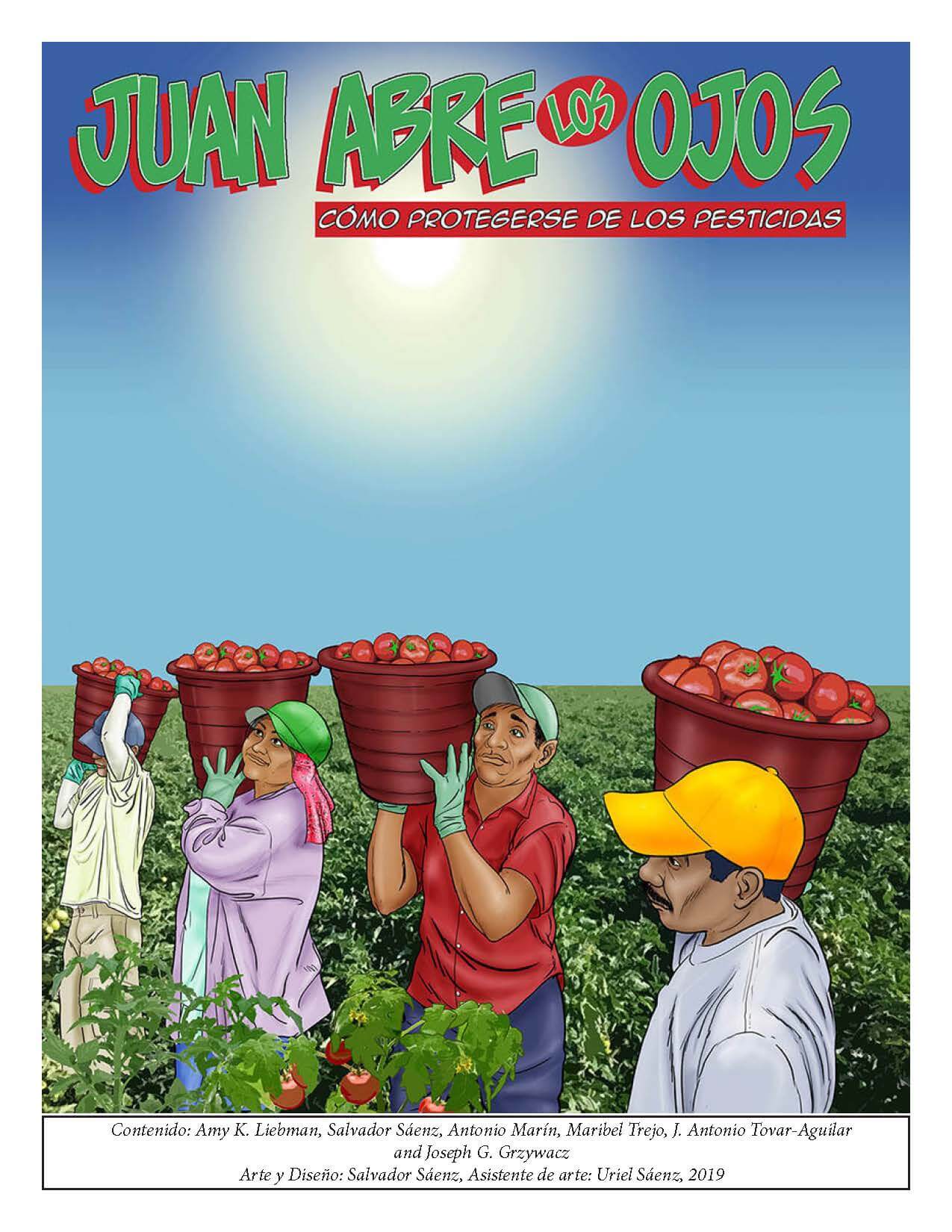
Este libro comic nos cuenta cómo Juan aprendió a protegerse de los pesticidas en el trabajo. Este recurso presenta de una manera muy sencilla y amena cuáles son las fuentes de exposición a los pesticidas, sus efectos en el cuerpo a corto y largo plazo y qué se puede hacer para protegerse de éstos. ¡Es un gran recurso para trabajadores del campo y promotores de salud!
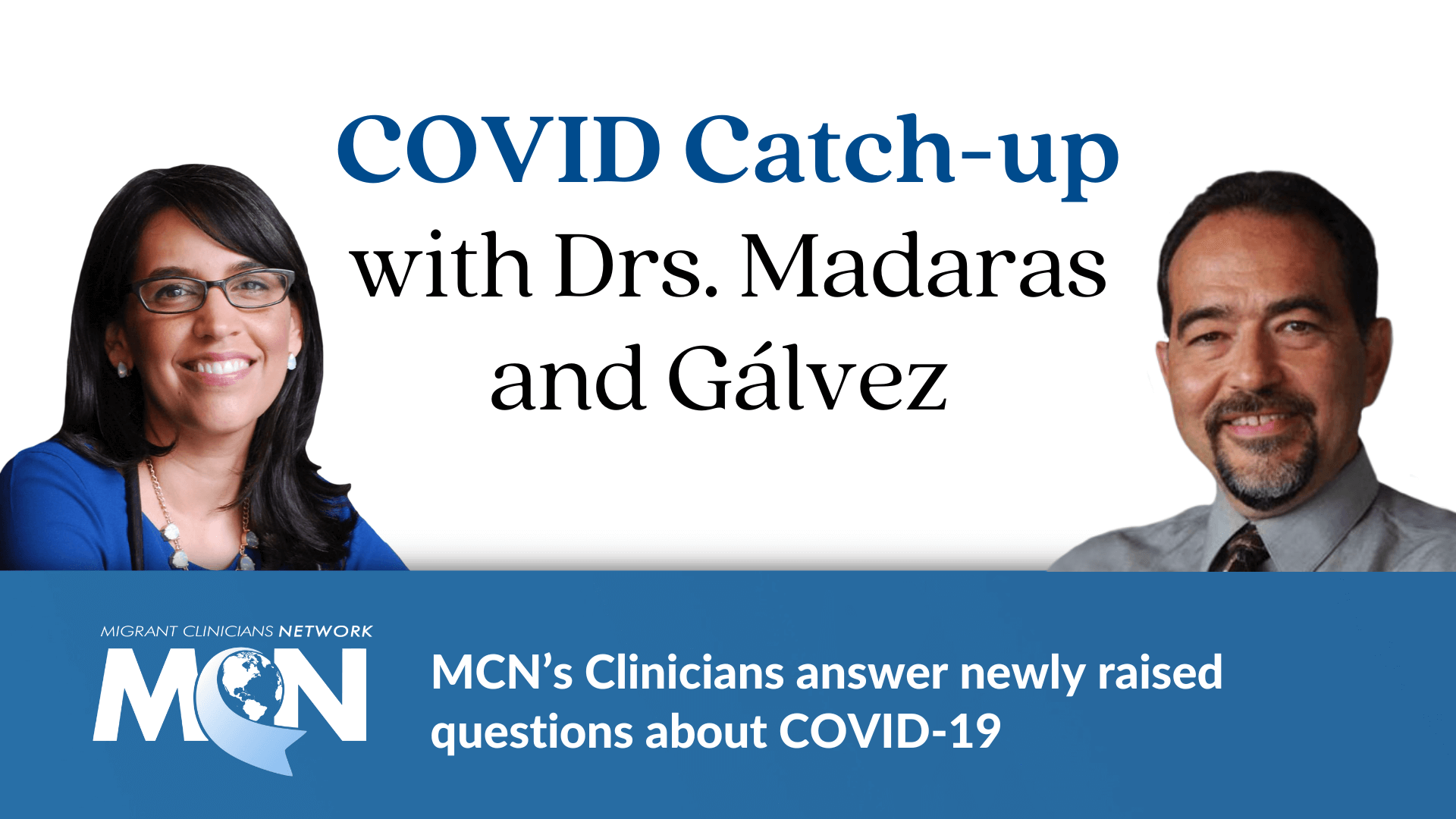
English FAQ Videos:
August 2023:
What do we know about COVID variant BA.2.86? | COVID Catch-up
People are confused on what to do if they feel sick. What info should I be sharing? | COVID Catch-up
July 2023:
Is Metformin a Treatment for Long COVID? | COVID Catch-up
Do We Have an Agreed-Upon Definition of Long COVID? | COVID Catch-up
An Update from Dr. Laszlo Madaras | COVID Catch-up
March 2023:
Treatment options for immunocompromised patients feel limited. What can they do? | COVID Catch up
November 2022:
How do I help my community, particularly essential workers, stay safe from COVID? | COVID Catch up
A community member is on day 5 of COVID symptoms, what should I recommend? | COVID Catch up
August 2022:
I Was Exposed to COVID and Tested Negative. Should I Test Again? | COVID Catch up
July 2022:
Diabetes and COVID | COVID Catch-up
April 2022:
Mask mandates have ended, should my patients wear a mask? | COVID Catch-up
What does COVID-19 do to the heart? | COVID Catch-up
Spanish FAQ Videos:
Julio 2023:
¿Se puede tratar COVID-19 prolongado con metformina? | Póngase al día
¿Tenemos una definición de COVID-19 prolongado en la que todos estemos de acuerdo? | Póngase al día
Abril 2023:
Agosto 2022:
¿Cuáles son las conexiones entre la diabetes y la COVID? | Póngase al día
Abril 2022:
¿Debo animar a mis pacientes a usar mascarilla? - abril 2022 | Póngase al día
¿Cómo afecta la COVID el corazón? - abril 2022 | Póngase al día
Marzo 2022:
Que hacer si estuve en contacto con alguien que tenía COVID-19 | Póngase al día
